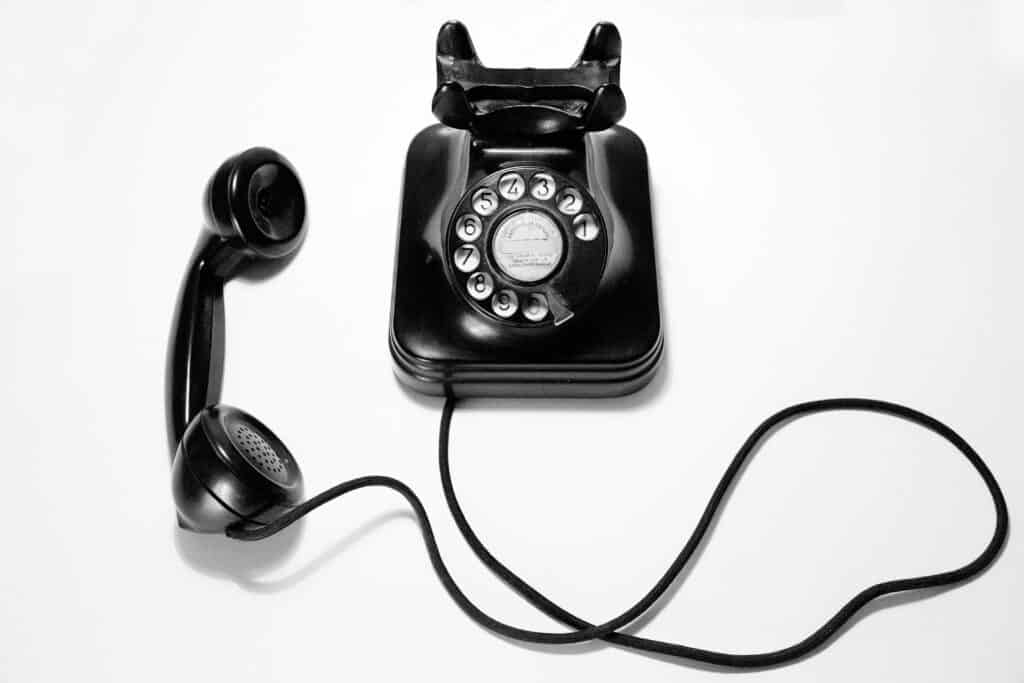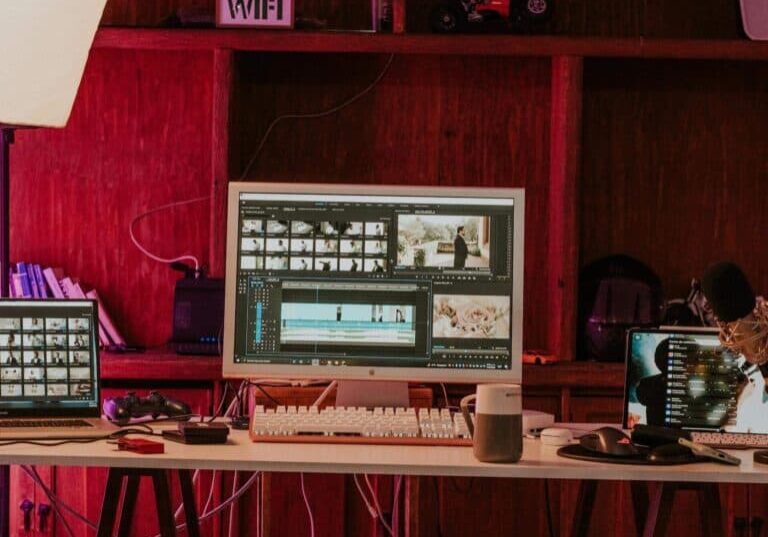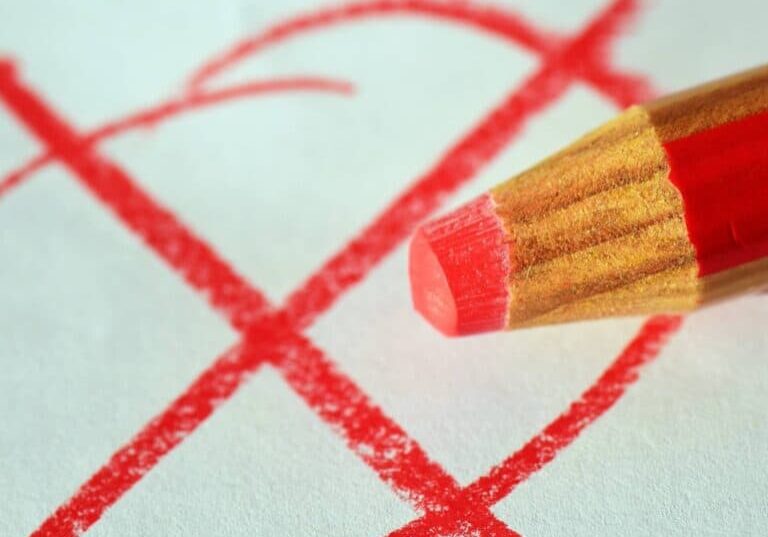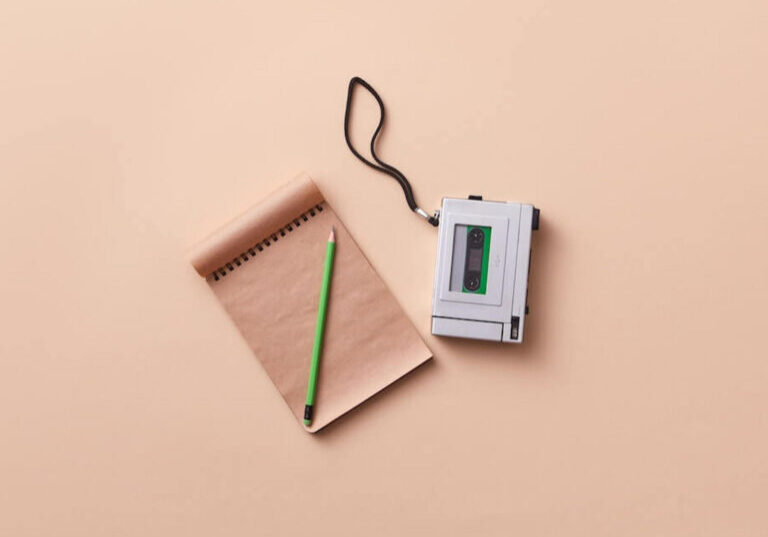How To Record A Phone Interview — Getting The Right Transcript

Whether you’re hosting a phone interview for employment or information purposes, a decent transcript can be vital for ensuring an accurate record. This is critical considering that you may have multiple similar phone conversations throughout the same work day. If you don’t take steps to prevent it, you could start to confuse them.
That’s where recording phone interviews comes in. By making sure you have a reliable record of any phone interview you conduct, you can then turn to transcription services to create easy-to-review copies that you can revisit at any point. This, in turn, will help you to avoid forgetting vital points or failing to do something that you promised a client. If you’re hosting phone interviews for employment purposes, the right recording and transcript could even help you find the right person for your team.
You could say, then, that getting both your recording and your transcript right is pretty vital to phone interview success. The question is, what’s the best way to create an accurate, reliable transcript? First things first, you need to take care of your recording.
A how-to guide for recording a phone interview
Without a quality phone recording, there will be no transcript. As such, this needs to be your first priority. Luckily, getting quality, useable recordings couldn’t be easier. We’ve got a how-to guide to talk you through the entire process.
Step 1: Consider the law
Firstly, consider the legal aspects of recording phone calls. For obvious reasons, you can’t record whatever you like without repercussions. In fact, laws like the GDPR require certain disclosures. Even before you start recording, make sure you’re in compliance.
Laws regarding recordings like these vary between countries and even within different jurisdictions when it comes to the US. In the UK, there are fairly clear laws regarding recording any phone conversations. It is legal to record without informing the other party, but only if you are using that recording for personal reasons. The exception to this rule is for business calls. In this instance, recording without informing is allowed for some specific commerce-related reasons.
Whatever your reason for recording, your best bet of staying on the right side of the law is to inform the other party. If you intend to invest in a professional transcript of that recording, getting permission is of particular importance. Some companies even choose to warn about recorded phone calls with an automated message at the start of any phone-based conversation. Or, you could come right out and inform the person yourself if this is a call for more personal reasons. This step is worth taking even if you’re speaking to someone in a location where there aren’t laws about capturing recordings.
Step 2: Understand the recording process
Once you’ve made sure you’re recording is legal, it’s time to consider the recording process. Obviously, your options here vary depending on the type of phone you’re using, so we’re going to break this step into sections.
If you’re in a rush, you could, of course, keep things simple. Regardless of the phone you’re on, switching to speakerphone means you could use free basic recording software like Audacity. While fast and convenient, this way of doing things has its downsides. Most notably with transcription, you’ll soon find that the background noise you gain by doing things this way can get in the way of quality.
To avoid that, it’s worth delving deeper into the types of phone and recording options.
Landline recordings
While more people likely use smartphones for recording calls, landlines are still common in the business world. Call quality between two landlines will also be higher, making these phones a great option for recording.
The most obvious option here would be a standalone recorder, and there are plenty of affordable ones on the market. Failing that, in the UK, you can call 0872 100 3000 before your interview and connect to a company called ‘Record Your Call’ who will take care of that recording for you.
Android and iPhone recordings
Once you move into the world of smartphones, you gain the benefits of beautiful things called apps. One of the more popular options is Google Voice. This handy little program, which many of us already use, can record incoming calls but not outgoing ones.
For recording a phone interview in particular, you may be better off opting for one of many other apps available within the Google Play Store or iTunes. While most of these do come with charges, they’re relatively small. Also, when you invest in options like ‘TapeACall’, you sign up for a year of unlimited recordings, including Cloud storage and sharing capabilities. This app, in particular, would work well if you’re using an outside transcript company.
A how-to guide for getting the right transcript
Once you’ve taken care of the recording, of course, it’s time to get your transcript. Just as there are programs that record phone calls, there is also automatic speech recognition software (ASR) that can transcribe them. These are a cheap and easy enough transcription option for many users. The trouble is that ASR may result in many errors due to a lack of human input. ASR may struggle with poor audio quality, accents, background noise and other complicating factors. Compared to in-person recordings, phone recordings will typically be of lower quality making ASR alone potentially problematic.
As a general rule, if you want quality and accuracy, it’s always worth seeking a solution that uses human transcribers for completing the transcript or editing.
Even once you’ve decided on a transcription method, there are different types of transcripts to suit varying needs. Here are a few options that might work for your needs.
Verbatim
As you can guess from the title, a verbatim transcript is, literally, a transcript that sticks to a recording word-for-word. As standard, most professional services will remove all the sounds and utterances that aren’t relevant to your interview itself – like false starts, repetitions and ‘ums’. However, you can usually ask for them to be included if they provide useful context.
Intelligent Verbatim
By comparison, an Intelligent Verbatim includes what the speakers say, but undergoes a little additional editing for easier reading. For many industries, such as Market Research, this is the preferred transcript choice as it helps to streamline the analysis and review stage of a project. With an Intelligent Verbatim transcript, the interviewer’s input is summarized and irrelevant small talk is removed. However, the detail of the respondent’s input is transcribed word for word. All the important information is retained in a format that’s quicker and easier to work with.
With all of this information in your hands, you can confidently decide the transcription style that works for you. Now, go out there and undertake the phone interview you’ve been hoping for.












